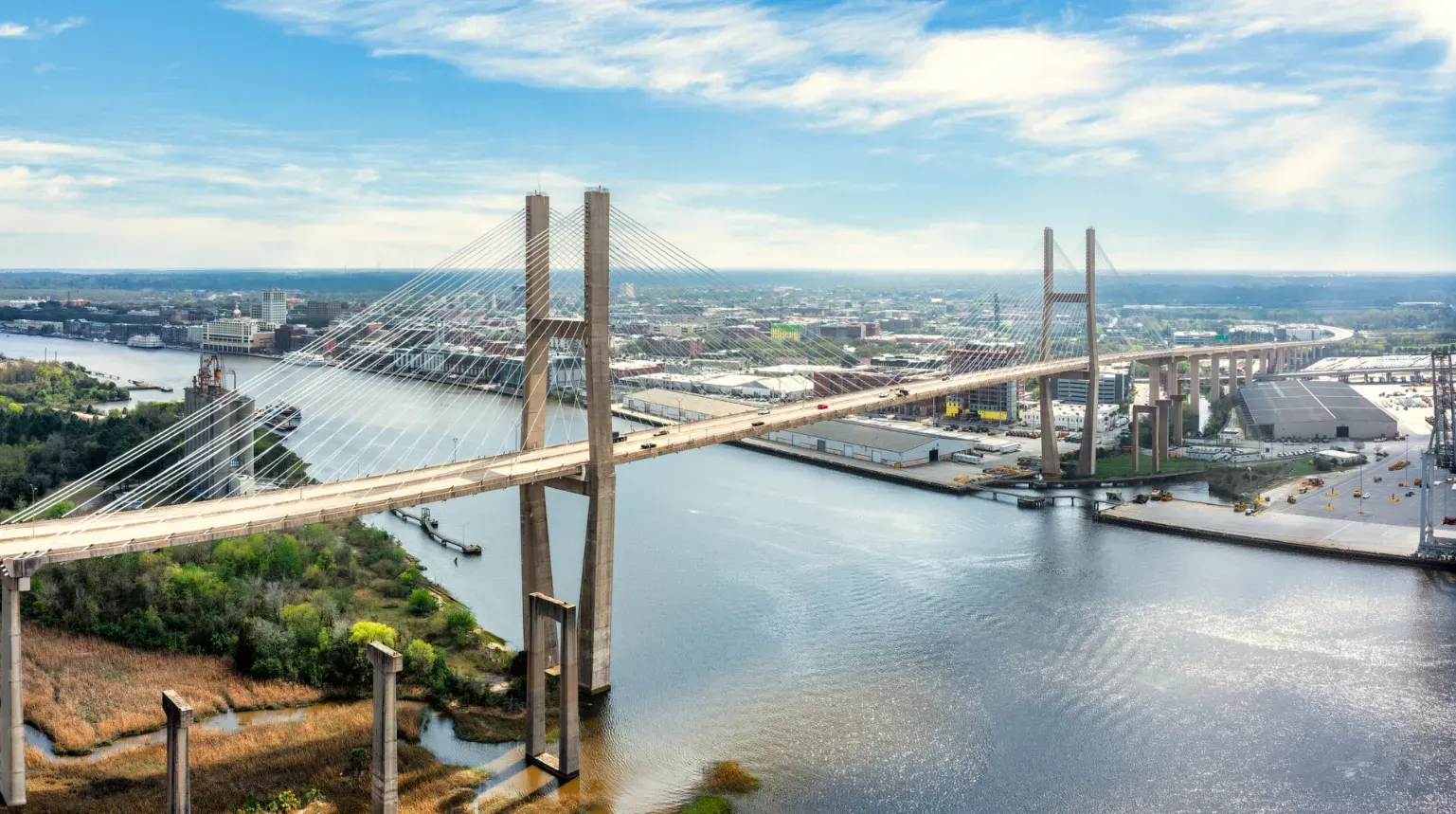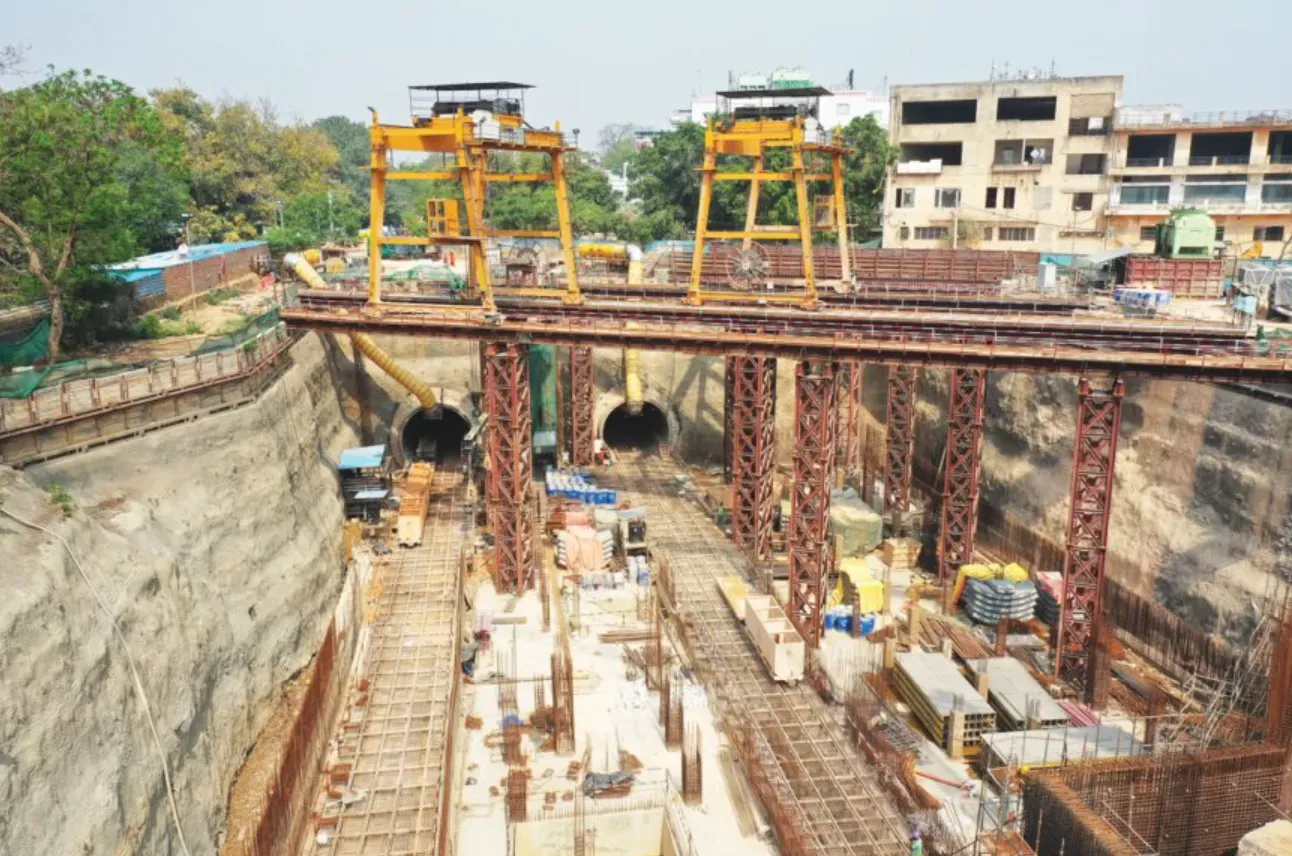The Unseen Influence of Local Infrastructure Projects on Property Values: A 2025 Indian Playbook

By
Shrusti Naik
Posted on July 19, 2025. 10 mins

The Unseen Influence of Local Infrastructure Projects on Property Values: A 2025 Indian Playbook
An Overpass in Gurugram That Made ₹3 Crore Appear Overnight

In June 2024 the first girder of the Dwarka Expressway extension (NH-248-BB) was bolted into place. Six kilometres away, a two-bedroom flat in Sector 102 that had languished at ₹85 lakh suddenly received five competing bids and closed at ₹88 lakh, within ten days. The seller’s broker told The Times Property the buyer’s exact words: “Once the interchange opens, this commute to Delhi Airport drops to 18 minutes.” That single steel span rewrote the price map before a single vehicle had driven across it.
Hard vs Soft Infrastructure: Two Engines, One Outcome
Hard infrastructure, roads, bridges, metro corridors, delivers the most immediate spike. Knight Frank’s 2025 tracker shows apartments within 500 m of an operational metro station in Bengaluru appreciated 12.7 % in the last 12 months, against 4.1 % city-wide.
Soft infrastructure, schools, parks, sewage upgrades, works more like compound interest. When Pune’s 24×7 water-supply project went live in 2024, peripheral micro-markets such as Hinjewadi and Talegaon logged an 8 % rental uplift because families no longer factored tanker costs into monthly budgets. Investors who bought before the pipes were laid captured the entire delta. You may want to check Understanding Real Estate Taxes
Metro Lines as Moving Price Magnets: The Mumbai Case Study
The Mumbai Metro Line 2A (Dahisar-DN Nagar) opened in January 2023; JLL’s 2024 white-paper shows residential capital values along the corridor rose 14 % in 18 months. What is less visible is how the announcement of Line 3 (Colaba-Bandra-SEEPZ) in March 2025 is already bidding up prices in SEEPZ industrial estates by 6 % even though tunnelling has barely begun. Developers are pre-selling inventory based on future transit time maps, a textbook example of anticipatory pricing driven purely by local infrastructure planning. Check out Will the Rupee Depreciate Further? How It Affects You
Smart-City Fibre and the Invisible Premium
Bhubaneswar’s Smart City fibre-to-home rollout, completed in December 2024, quietly added ₹400 per sq ft to luxury apartments in Patia. The catch? The premium is invisible on listing portals; brokers instead market “work-from-home ready” homes. Buyers are willing to pay for what they cannot photograph but will use every day. Also read, What the RBI Repo Rate Cut Means for Homebuyers: EMIs Just Got Cheaper
Early-Bird Signals: How to Spot the Next ₹3-Crore Bump
- Track tender awards, not ribbon-cuttings. When the Maharashtra cabinet approved the Thane Coastal Road Phase-II tender on 12 May 2025, land prices in Diva-Mumbra jumped 4 % within 48 hours on pre-launch buzz.
- Use satellite imagery. Before the Chennai Metro’s Kilambakkam depot was even fenced, Google Earth showed graded earthwork. Savvy investors who bought adjacent plots in Tambaram in mid-2024 are sitting on ₹1,200 per sq ft gains as of June 2025.
- Follow utility corridors. The Bengaluru Suburban Rail’s Whitefield-KSR alignment released utility-shifting maps in March 2025; plots abutting the planned power-tunnel easement have already appreciated 9 %, reflecting the certainty of future connectivity. Check out this Property Management for NRIs: A Seamless Guide to Handling Your Indian Assets from Abroad
Risk Check: When Infrastructure Becomes Over-Hype
Not every flyover is Midas. Gurugram’s Southern Peripheral Road saw 20 % price inflation in 2021, only to cool to 5 % annual growth in 2025 as supply caught up and traffic bottlenecks persisted at exit ramps. The lesson: demand must be sustained by job creation and civic services, not ribbon-cutting alone. You might also like Fractional Ownership of Real Estate in India 2025: How Smart Indians Are Buying a Slice of the Skyline Without Breaking the Bank
Conclusion – Ride the Bulldozer, Not the Headlines

Local infrastructure projects in India 2025 are silent equity partners in every property deal. The gains arrive not when the ribbon is cut, but when the tender is signed and the earth is moved. Buy early, hold through dust and noise, and exit before the last slab is poured, because by then the price has already baked in the future. For those in pursuit of their dream home, investment opportunities, or a sanctuary to call their own, Jugyah provides top housing solutions with its intelligent technology.
Frequently Asked Questions
1. How far from a metro station should I buy to maximise appreciation?
Within 500 metres captures the steepest gain; beyond 1 km the premium flattens.
2. Do soft-infrastructure upgrades (sewage, parks) move prices as fast as metros?
Slower but steadier, 8–9 % over 24–36 months, ideal for rental yield investors.
3. Can I get a home-loan rebate for buying near upcoming infra?
Some NBFCs offer 0.05–0.10 % rate cuts for projects certified under Smart City or Metro catchment lists.
4. How do I verify an upcoming project timeline before investing?
Check tender documents on NHAI, MMRDA or state PWD websites; award dates give the most reliable lead time.
5. Is it safe to buy farmland along proposed expressways?
Yes, but confirm land-use zoning and litigation status, speculative buys can surge 50 % or remain dead capital if alignment shifts.